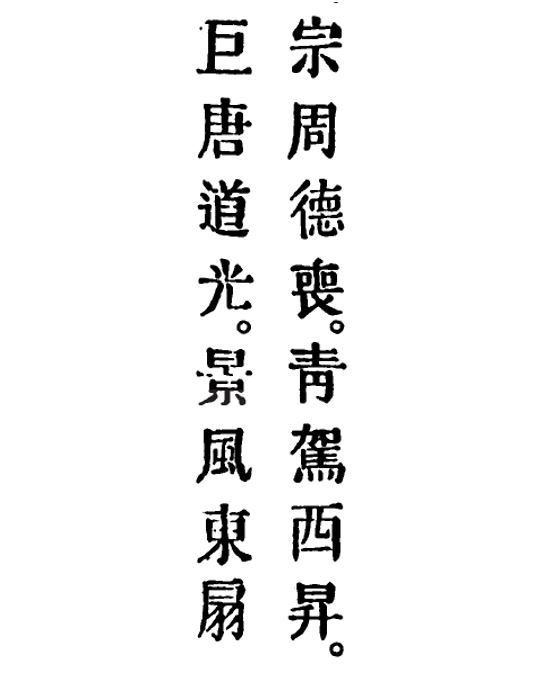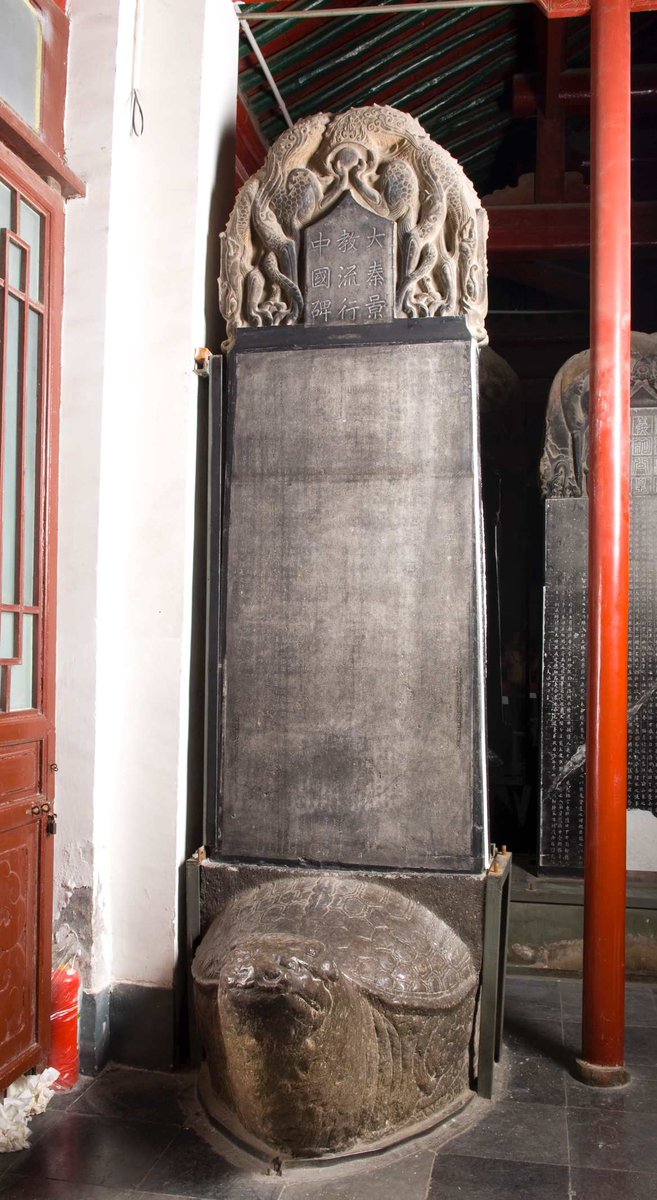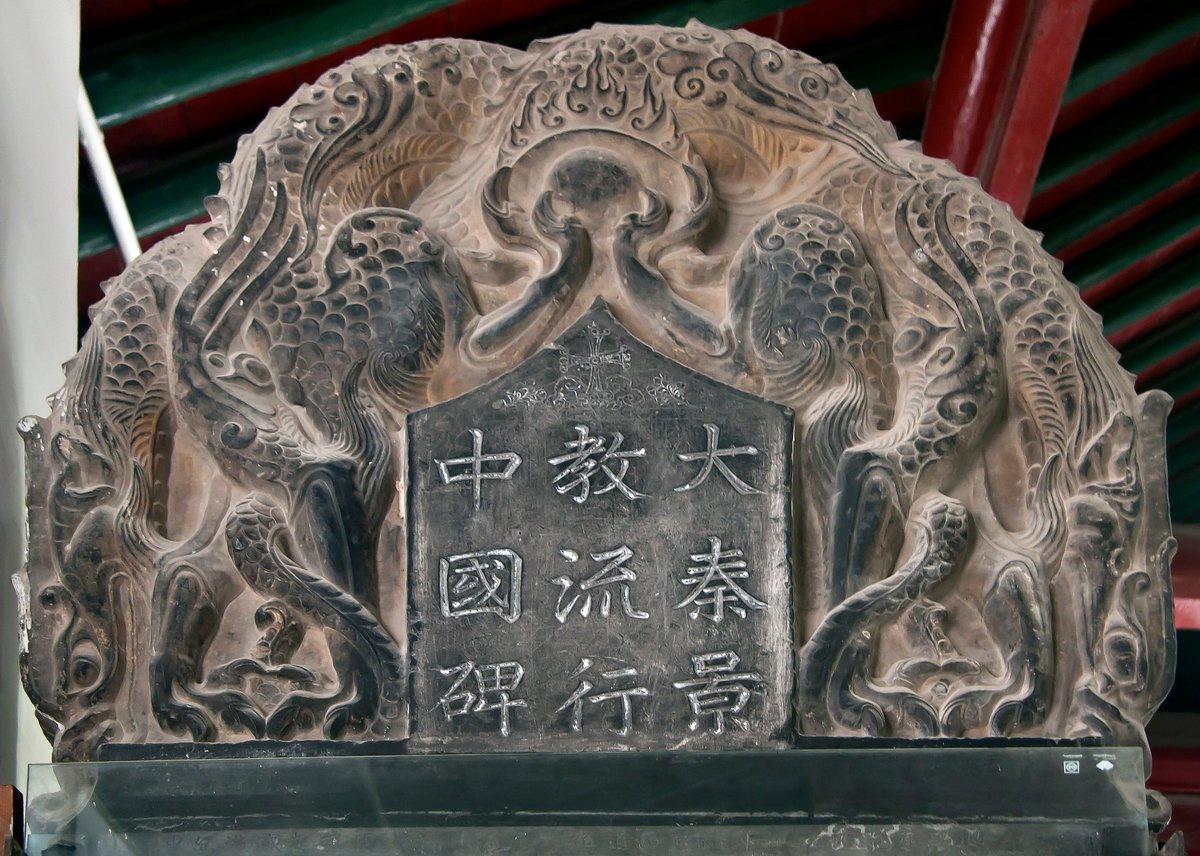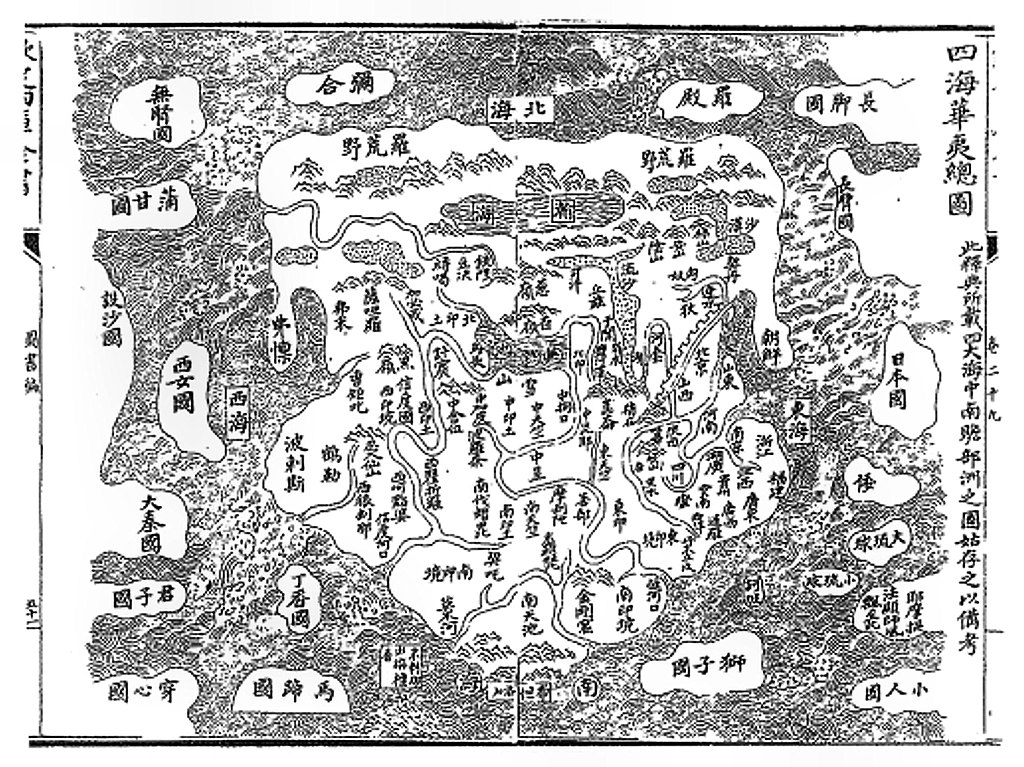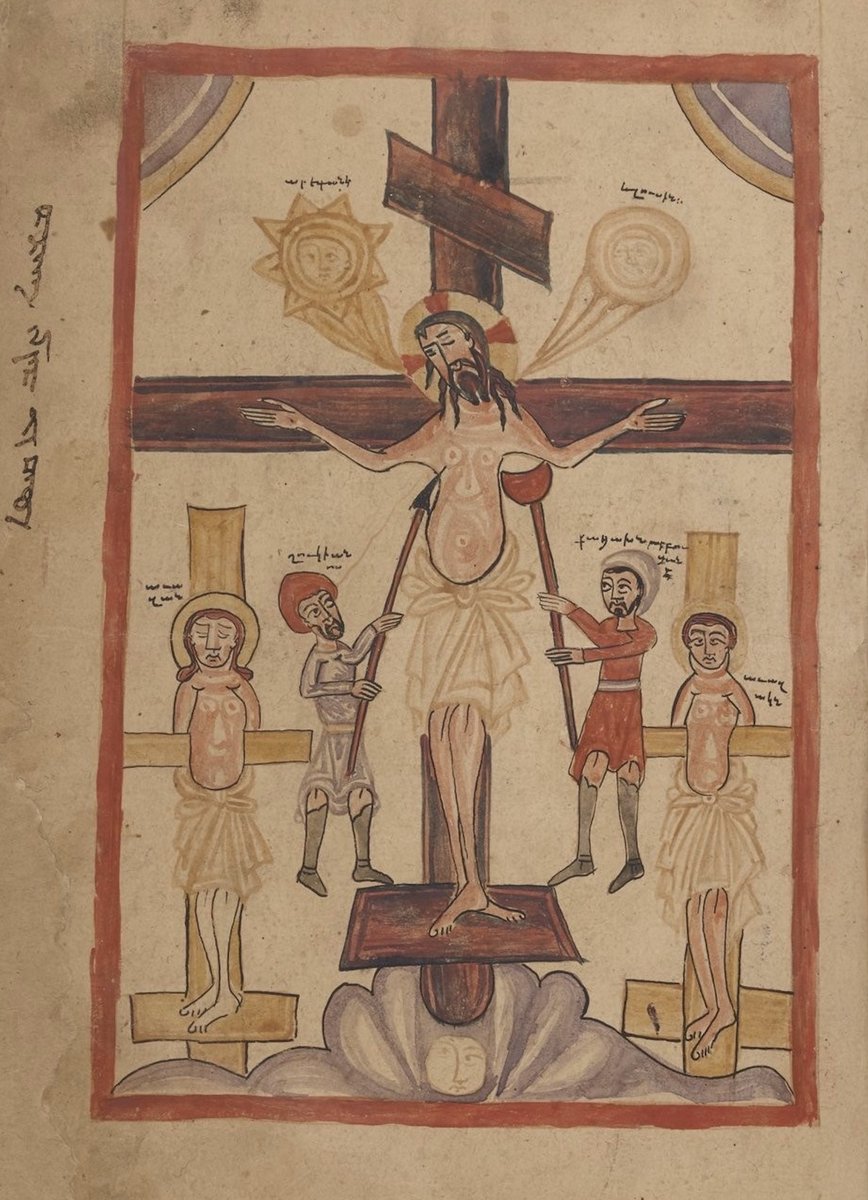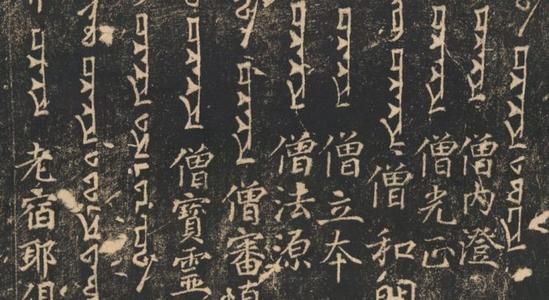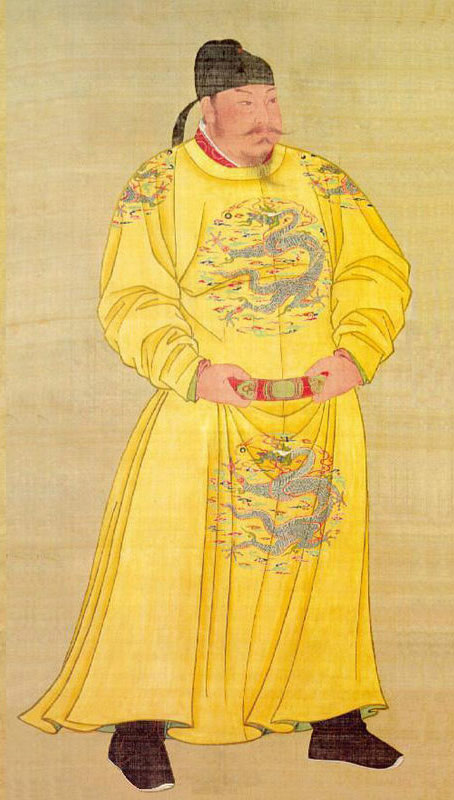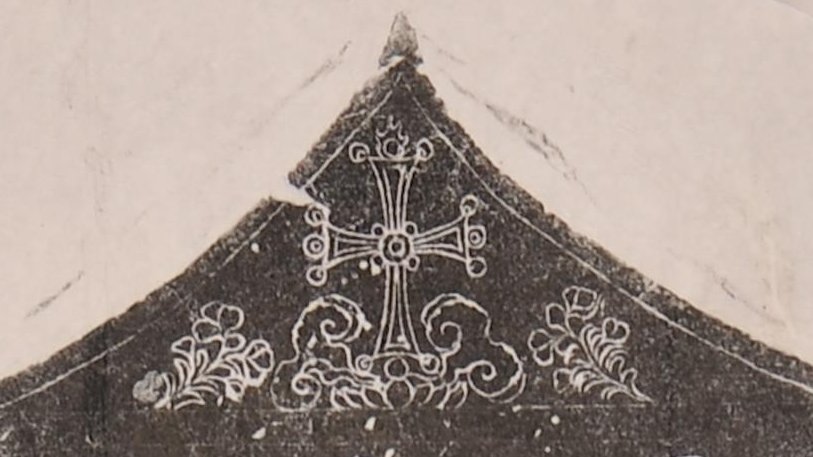Hi everyone, I'm @ChenHuailun, a MPhil @UniofOxford in Islamic Studies and Hist, and I'm honoured to be taking over #Twittistorian this week to talk about Christianity in Tang China (618-907). We'll look at some interesting documents and art, so make sure to stay tuned! #jingjiao
Let's begin with some lines of Chinese prose: 'When the virtue of the Zhou declined, the rider on the azure ox ascended to the west; the principles of the great Tang becoming resplendent, the luminous breezes fan the East.' ~ahc #jingjiao (1/18)
These lines come from the famous Xi'an Stele (aka the Nestorian stele), erected in 781 and currently held in the Stele Forest Museum in Xi'an, China. ~ahc #jingjiao (2/18)
The stele is titled 'Monument in eulogy of the propagation of the luminous religion (Jingjiao) of Daqin to China.' It was composed by a priest named Jingjing, and written in Chinese and Syriac. Let's first break down the title. ~ahc #jingjiao (3/18)
In Han dynasty records, 'Daqin' (大秦) referred to a vague idea of the Roman empire. In the Tang dynasty, it is not entirely clear whether this term refers to the Byzantine empire, Syria, or a nonspecific western land. ~ahc #jingjiao (4/18)
Regardless, Daqin is closely related to Christianity in China. Many Chinese Christian documents mention 'the luminous religion of Daqin', and a 745 edict mandated that churches change their name from ‘Persian' to 'Daqin' to 'learn their origin.' ~ahc #jingjiao (5/18)
As for the term 'Jingjiao' (景教), 'Nestorianism' is the most common translation. The term directly translates to 'luminous religion/teaching.' Wu Liwei suggests that the word 'jing' (pron. 'king' in Mid Chinese) could be related to the Syriac 'kresṭyane.' ~ahc #jingjiao (6/18)
What is Nestorianism? In short, the Church of the East (the 'Nestorian' church) emerged out of a Christological dispute and became the prominent Christian sect in Persia, centred around the bishop of Seleucia-Ctesiphon (later Baghdad), aka the Catholicos. ~ahc #jingjiao (7/18)
It should be noted that 'Nestorianism' is polemical misnomer, and that the terms 'Church of the East' or ‘East Syrian Church' are more appropriate. ~ahc #jingjiao (8/18)
Back to the stele, there are clear Christian elements: it mentioned a virgin giving birth, and of Persians following a star to visit him. It attested to a scripture of twenty-seven books, the sacrament of baptism, and the practice of praying to the east. ~ahc #jingjiao (9/18)
The presence of the Estrangela Syriac script and the mention of the catholicos Hananyeshuʿ II (ningshu 宁恕) indicate that Jingjiao followers were likely East Syrian ('Nestorian') Christians. ~ahc #jingjiao (10/18)
According to stele, the Persian monk Aluoben arrived in Chang'an in 635, where he was received by the emperor Taizong. The 'sacred books' were then translated, and Aluoben was given permission to build a church in the capital with 21 monks. ~ahc #jingjiao (11/18)
A portrait of the emperor was then taken and transferred to the wall of the church. This may have been an icon. ~ahc #jingjiao (12/18)
In Syriac sources, the patriarch Salizbacha was ordained as the metropolitan of China from 714-725, and catholicos Timothy I referred to the death of a metropolitan of China in 790. ~ahc #jingjiao (13/18)
So Christianity was welcomed without much trouble into Tang China. Coming from Persia, they built a church in the capital of Chang'an and may have engaged in emperor worship. Let's now revisit the lines of prose that I began with. ~ahc #jingjiao (14/18)
'When the virtue of the Zhou declined, the rider on the azure ox ascended the the West.' The rider refers to the Daoist deity Taishang Laojun and Laozi, and the Zhou dynasty was deposed in 256 BC by the Qin dynasty, known as China's first unified dynasty. ~ahc #jingjiao (15/18)
So in referring to this ancient event, the writer is setting up a contrast between the loss of heavenly favour to the Zhou, giving way to China's first unified dynasty, and the flourishing of the Tang. ~ahc #jingjiao (16/18)
'The principles of the great Tang becoming resplendent, luminous breezes fan the East.' 'Luminous' (jing 景) is the same as in Jingjiao. The 'luminous breezes' are the arrival of Xianity. I'll talk more about 'breeze' (風) in a later post on translation. ~ahc #jingjiao (17/18)
That's all for today! Now that I've covered the arrival of Christianity into China, tomorrow I'll be talking more about the content and context of the stele and the potential place of Christians in the Tang court. See you tomorrow! ~ahc #jingjiao (18/18)

 Read on Twitter
Read on Twitter